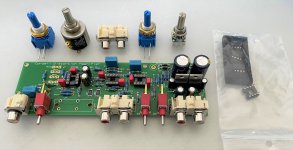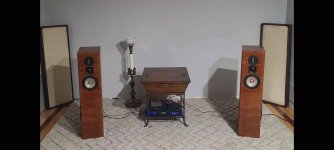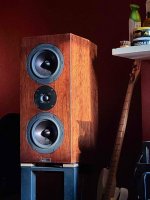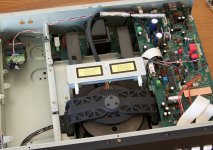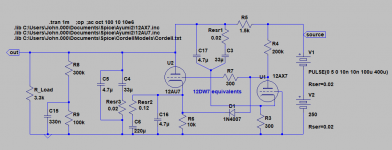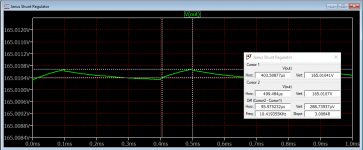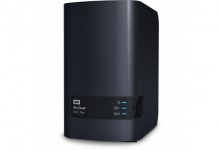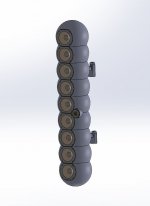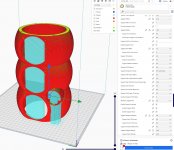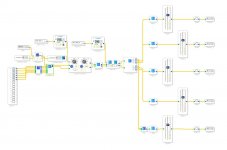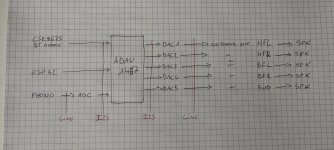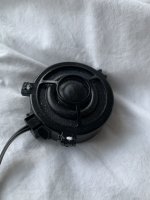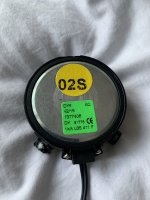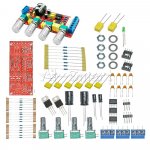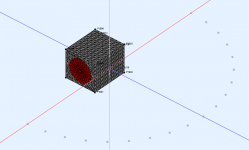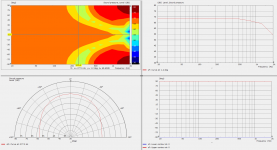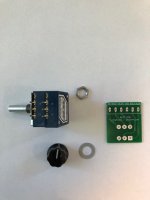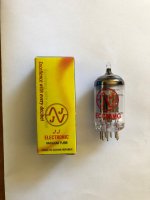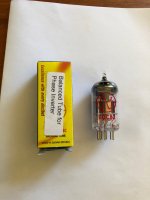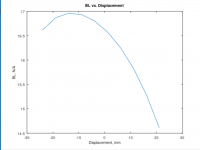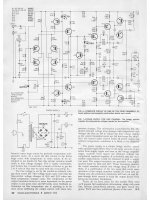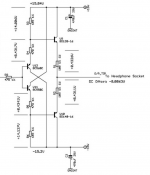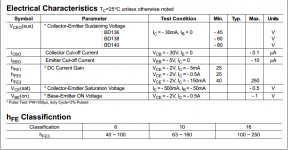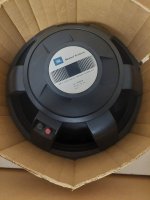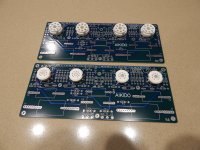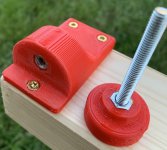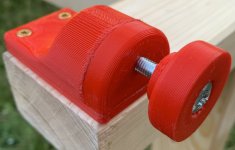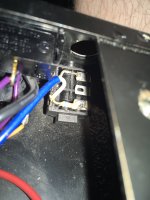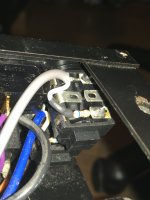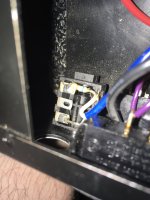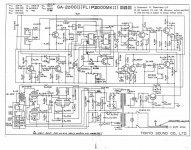Optimum Transient Response 3-Way Loudspeakers?
- Vendor's Bazaar
- 34 Replies
For Sale - three-way passive loudspeakers, direct from manufacturer. As a result without DSP- very good Step Response, which gives:
Natural timbres, fine details, 3D image, air around voices and instruments and most of all - the emotion of an explosive attack as is the Transient Processes at "live".
Of course, dynamic, emotionality, musicality, accuracy, resolution and texture are result in such a project!
Dramatic feelings of unexpected nuances so far - especially in styles such as: Funk, Soul, Jazz, Rock, Classic and "any" others.
I offer single pairs (boutique products) for people "awakened" for Time Aligned speakers.
The optimal Time Domain can be judged by Transient Analysis - which I publish.
I am selling my speakers with one year warranty.
Possibility to listen before payment to all amateurs, consumers, connoisseurs, collectioners and for audiophiles with demanding ears - highly recommended!
Tipe: Bass Reflex, Floor standing, Without Time Distortion!
Attention - the crossovers are at the back outside the speakers.
Option for cones or rollers.
Recommended cables - Audioquest Midnight.
Recommended amplifier - without global feedback with Sziklai circuit.
Parameters
Other details can be commented on the following email:
trifonov.audio@gmail.com
https://trifonovaudio.wordpress.com



The frequency response is measured in untreated home room.

Natural timbres, fine details, 3D image, air around voices and instruments and most of all - the emotion of an explosive attack as is the Transient Processes at "live".
Of course, dynamic, emotionality, musicality, accuracy, resolution and texture are result in such a project!
Dramatic feelings of unexpected nuances so far - especially in styles such as: Funk, Soul, Jazz, Rock, Classic and "any" others.
I offer single pairs (boutique products) for people "awakened" for Time Aligned speakers.
The optimal Time Domain can be judged by Transient Analysis - which I publish.
I am selling my speakers with one year warranty.
Possibility to listen before payment to all amateurs, consumers, connoisseurs, collectioners and for audiophiles with demanding ears - highly recommended!
Tipe: Bass Reflex, Floor standing, Without Time Distortion!
Attention - the crossovers are at the back outside the speakers.
Option for cones or rollers.
Recommended cables - Audioquest Midnight.
Recommended amplifier - without global feedback with Sziklai circuit.
Parameters
- Frequency Response: 41 Hz - 20 kHz +/-1.5db(anechoic condition)
- Sensitivity: 91 db/1W/1meter
- Impedance: 8 ohms
- Power: 60 W RMS; 120 W Maximum music
- Sizes: Height 111cm; Width 49cm; Depth 53cm.
Other details can be commented on the following email:
trifonov.audio@gmail.com
https://trifonovaudio.wordpress.com
The frequency response is measured in untreated home room.
